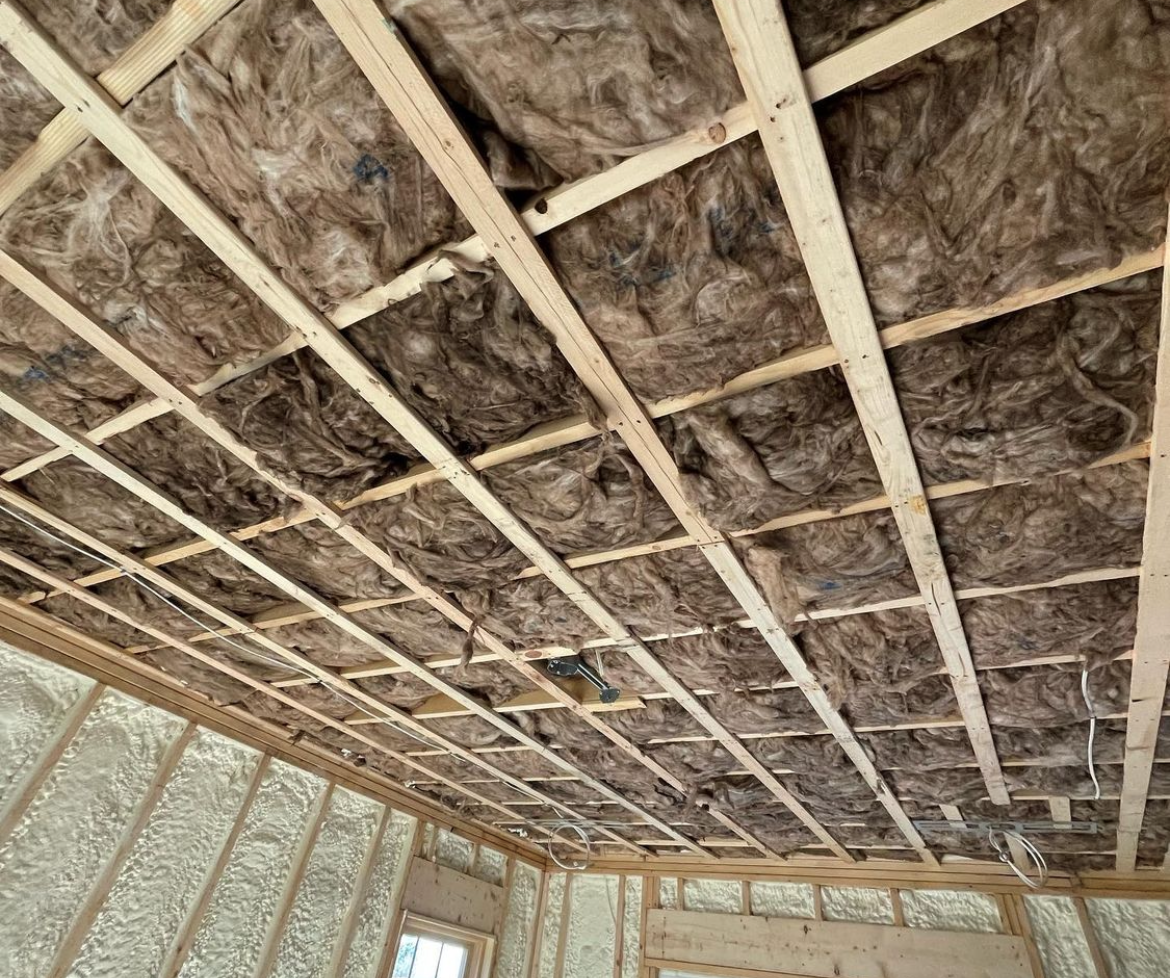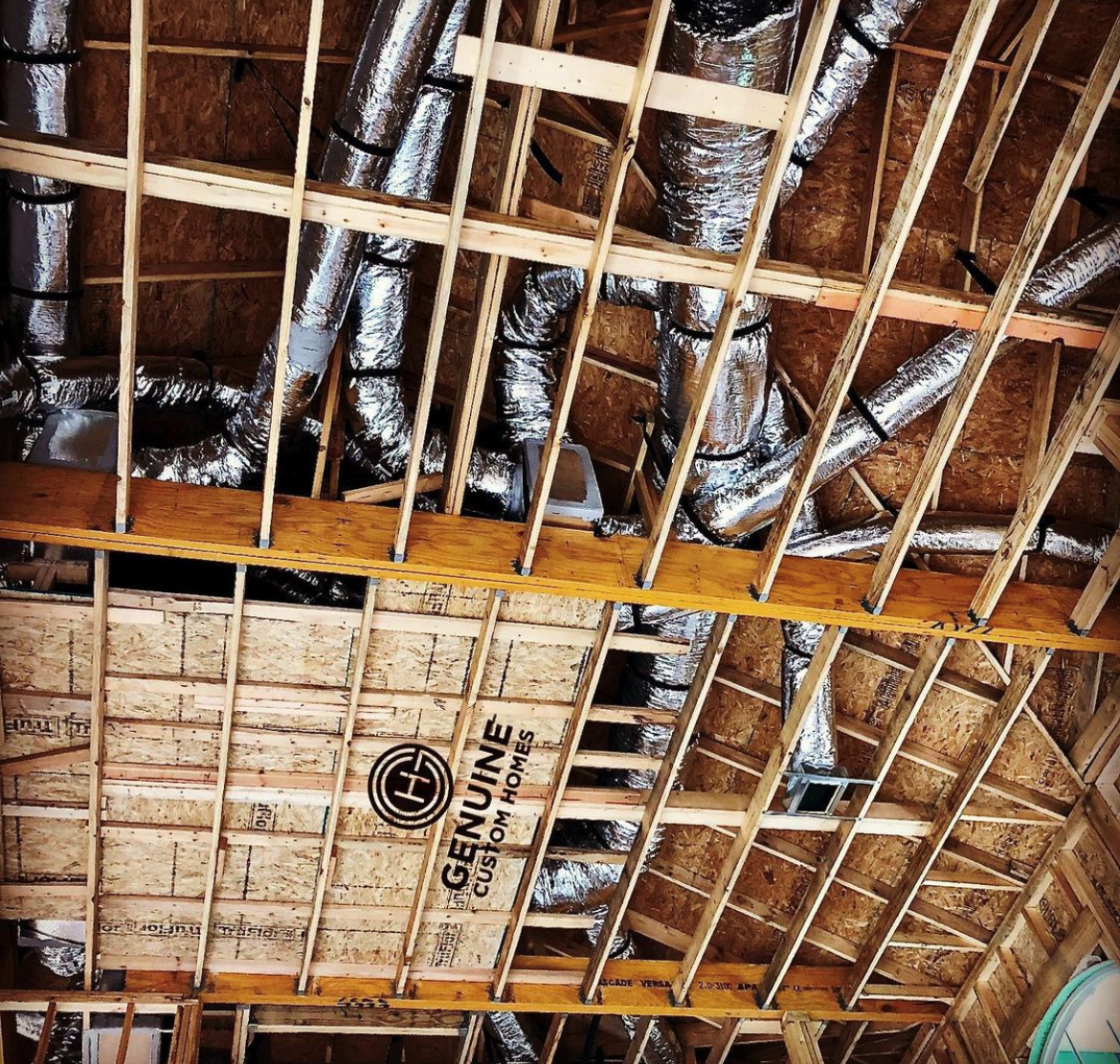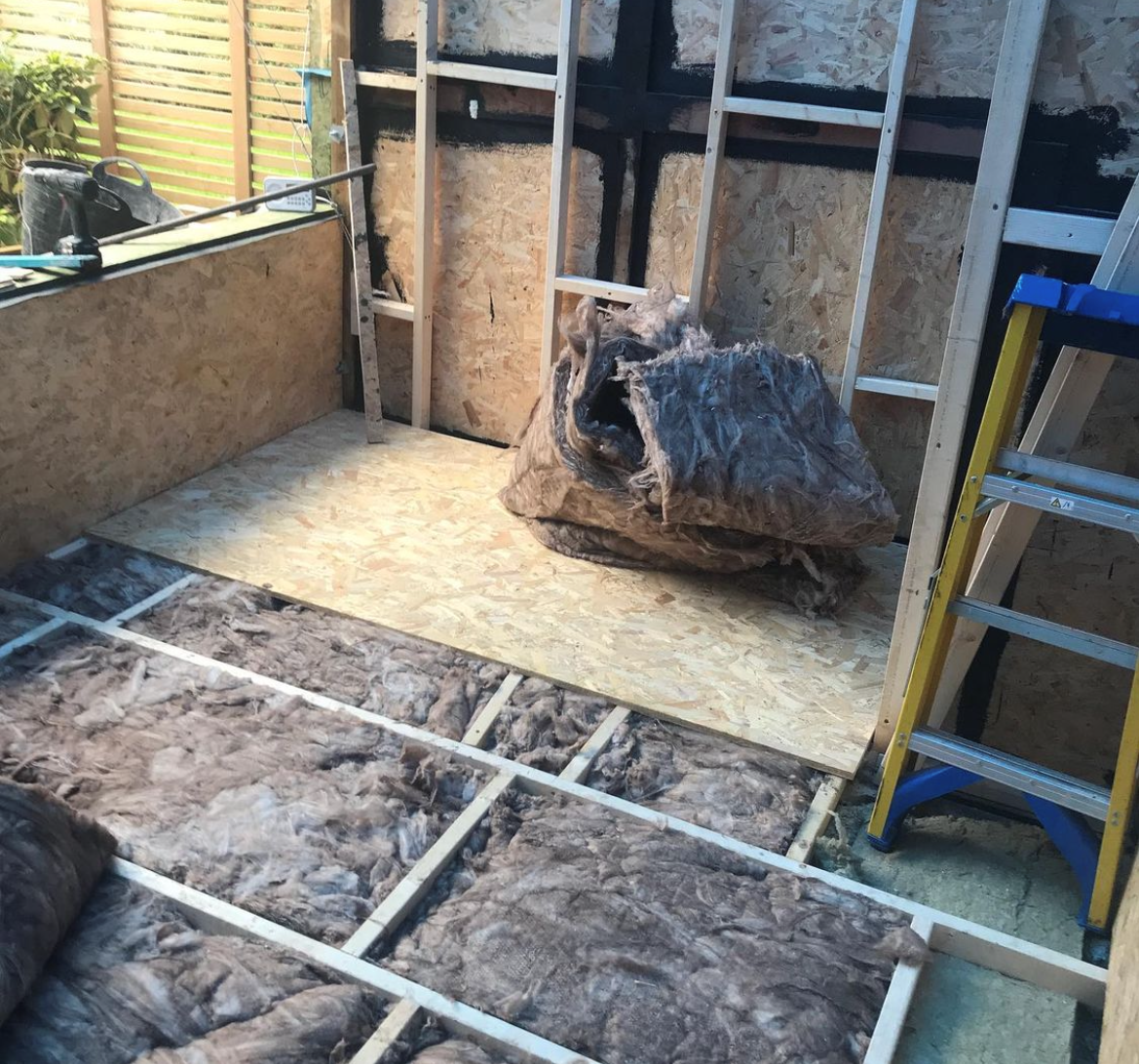Insulating a Shed
If you’ve got a garden shed or building, maybe with hopes of transforming it into a garden office with hopes of planning to spend a lot of time in, keeping it warm and comfortable is important. So, the best way to avoid those extreme temperatures and keep it comfortable is by installing insulation.
Learning how to insulate a shed is key to making the most of it and enjoying it – and that’s exactly why we’re going to show you how.
Key things to remember:
- Insulating your outdoor shed can keep it warm in the winter and cool in the summer
- To insulate your garden shed, you need to deal with all points of its thermal envelope – which includes walls, floors, windows, and doors
- Getting the correct materials is important to make sure the insulation in your shed will work efficiently
Plywood and Polystyrene
This type of insulation board comes in either polystyrene or plywood with foil backs that insulate the building.
You can use our Eco Liner boards to insulate all areas of your shed, including beneath a concrete or timber floor, in between wall studs, or beneath the roof cladding/in between roof joists.

@advancedgreeninsulation
Fibreglass or mineral wool insulation
Fibreglass wool and mineral wool are both extremely well-suited for insulating a shed. Fibreglass is used often in new-builds as well.
Fibreglass is a common type of fibre-reinforced plastic using glass fibre. Fibreglass is often used for carpeting, roofing shingles and ceiling tiles. An alternative to fibreglass is mineral wool, which is just as easy to install between stud and joists but is denser than fibreglass wool. It is great for acoustic and thermal insulation and is also more fire-resistant than fibreglass.
To use fibreglass wool batts or mineral wool batt insulation, start by cutting open the bags to let the batts expand. Then, place the wool insulation in between wall studs (or roof joists), depending on where your insulation is being installed. After that, just cover it with either plaster, or MDF.
Top tip: Always remember to protect yourself! Cover your eyes with safety glasses, your nose and mouth with a mask, and wear protective gloves when and if handing fibreglass wool.
Now we’ve covered some of the most popular materials for shed insulation, let’s move on to where you can use them in your shed.

@gencustom
Thermal envelope
A building’s thermal envelope is basically all points at which heat can leave your garden shed. By combatting these (especially the roof and floor), you can make your shed:
- More energy efficient
- Perfect for year-round use
- Better equipped to protect tools and equipment stored within them
- Even suitable for use as a garden office
For a garden shed, heat can be lost quite easily from the walls, ground, roof, doors, and windows. For walls, they account for one of the smaller amounts of heat loss on average, approximately 24% compared with around 40% of heat loss occurring through roofing. To reduce the risk of heat loss from your shed’s walls, you can use a silicone gun or spray foam insulation as an effective solution to fill in any cracks that might be causing heat loss.
Flooring can also leech up to 40% of your sheds heat, so to combat this, you may want to think about using a breathable membrane to provide underfloor insulation.
To properly insulate your shed, you to aim to reduce heat loss and increase water resistance. To do this, you can install roofing felt, which will not only help to prevent damp and rot in your roof but will also allow for adequate water runoff as well. To improve your roof, you could install insulation batts between your roof joists.

@mpcpropertyuk
Doors are an easy solution to prevent heat escaping easily. Use a draught excluder and think about installing double-glazed glass for any doors with windows. Windows and doors are the most common entryways for water coming into your shed and for heat coming out.
Once your shed is insulated, it opens up lots of possibilities for different uses. Do you want to make it a place to get together with friends and family? Or for creating your perfect workspace? Shed insulation allows you to enjoy the comforts of your shed freely, without having to worry about the varying British weather affecting your overall space.
Recent Posts
-
Build a Garden Structure
Building your own garden structure is easier than you may think and so rewarding. Deciding w
-
Forest Garden’s top tips for bringing style to small outdoor spaces
Spring is finally here, and homeowners are keen to transform even the smallest of outside areas


